Sponsored by ROUVY
Cycling training plan for road racers: 10-week plan to get you start line ready
Want to get fit to race? This plan has everything you need
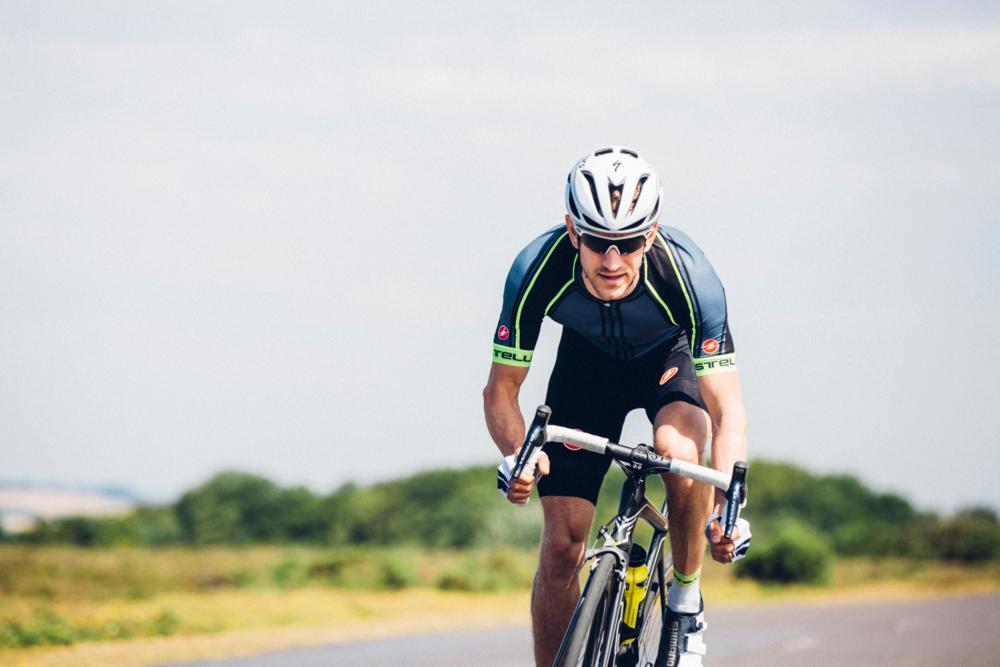
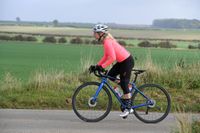
If you are looking to get started in racing or take your riding to a new level this is the plan for you. It is designed to work for race efforts of around 2-3 hours and several different types of events such as a mountainous sportive, gravel event, or road race. It is an ideal plan to follow before the first race of the season. It'll also be useful if you're an established racer whose fitness has stagnated and you need a boost to get your fitness and motivation back on track.
This cycling fitness plan assumes that you're already a cyclist with at least a year of consistent training behind you.
This 10-week programme builds towards a race effort with a short taper at the end so you are fresh for the event day. Speed skills form part of each week of training to ensure that you are working on the change of pace and zip needed to survive and compete in a fast-paced bunch. Longer intervals in the HIIT sessions will work on sustained high-end efforts while three-hour endurance rides will give you the stamina to feel strong right through to the end of the race.
I want to access the plan
Cutting straight to the chase, here's your 10-week racer's training plan. Save it somewhere for easy access, or print it out so you can take a look every day.
You can compete the plans outdoors, or indoors on any platform. If you do want to use ROUVY, which will allow you to train indoors on iconic routes, all new users get a 7-day free trial, and the code CYCLINGWEEKLY1M will provide one month of free usage.
How to get the most from the plan
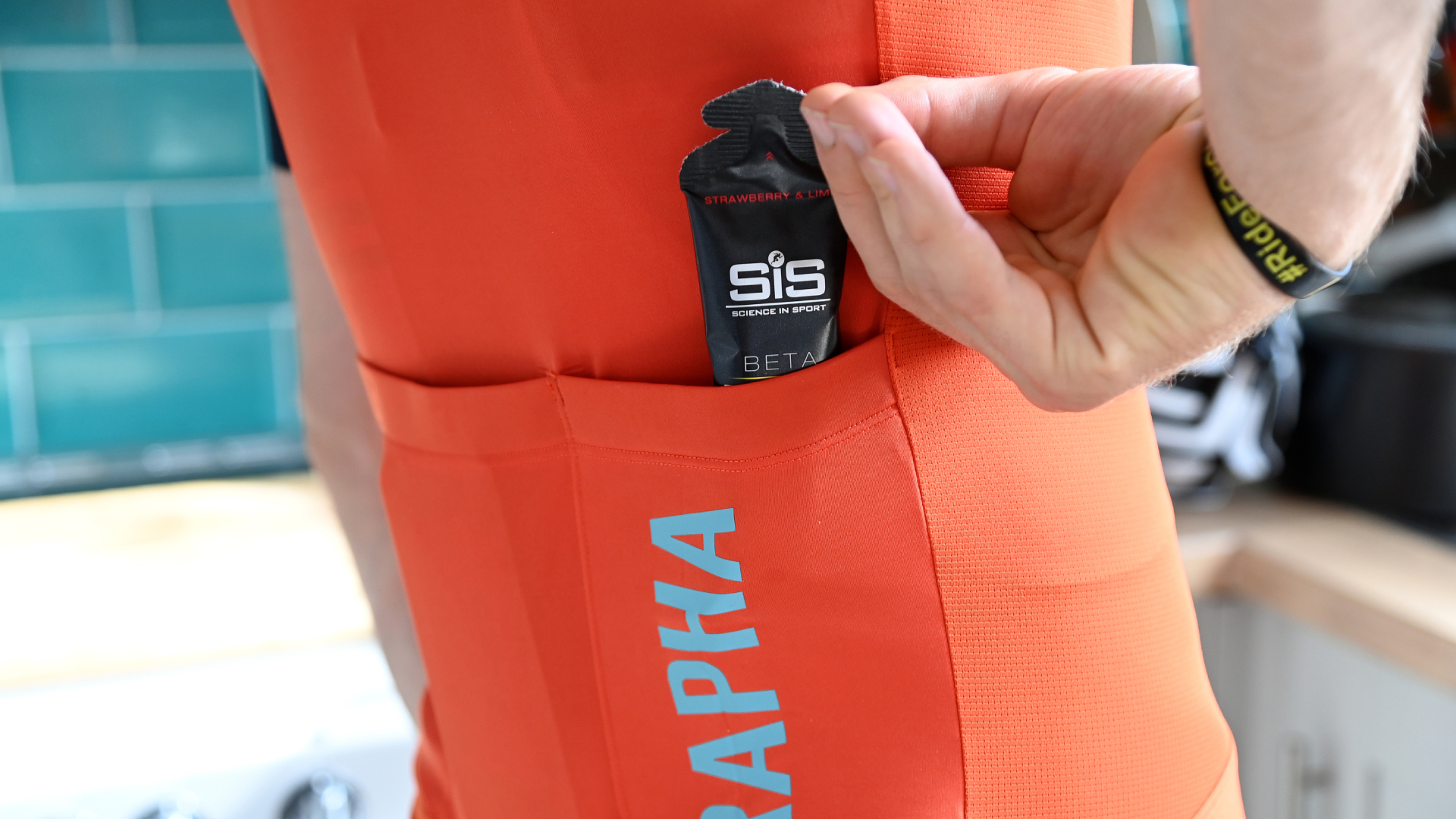
Energy gels are useful mid race
Nutrition will play an increasingly important role in your performance and your recovery, Jakub Kadlec, performance coach of UCI team ROUVY Specialized explains; “pre-race you can take on more carbohydrates than you usually eat. Optimal pre-race meals are for example sweet rice, rice with egg omelette, pasta with olive oil, or porridge. During the race you can take energy gels or energy bars, it depends on the part of the race and how easy it is to consume solid food. 80-110g/hour carbohydrates are usually recommended, but it varies according to body mass”
It’s not just about energy, “hydration is a key factor and it can help you fuel some energy too because usually the main part of sports drinks are carbohydrates.” Sports drinks are normally in two forms: hypotonic drinks are absorbed quickly into the bloodstream because they contain lower concentrations of solutes (such as sugars and electrolytes) compared to the fluids in the human body whereas isotonic drinks contain a concentration more similar to those found in your body. Weather affects your drinks choice, “when the weather is hot use hypotonic drinks, when it's cold you can take isotonic drinks. However, it is not recommended to drink more than 600ml/hour to prevent hyponatremia [low blood sodium levels causing symptoms like headache and confusion].”
The latest race content, interviews, features, reviews and expert buying guides, direct to your inbox!
With the sessions in this plan featuring more intensity and being more challenging you will have to pay extra attention to how you optimise your recovery, “adhere to the prescribed intensity during your cool down after intense workouts and refuel by ensuring you take on enough energy and optimal nutrition during the first hour after training. Avoid hard-to-digest foods which can make it harder for your body to absorb nutrients. Cool your muscles with an ice bath or shower.”

Make sure you get enough shut eye
But the most important part of recovery is sleep, “always go to bed on time” Coach Kadlec stresses, “the number one way to maximise your recovery is good sleep. Ideally between 8-10 hours and fall asleep before midnight. Pre-sleeping habits have a great influence on the quality of sleep and of course recovery so make sure you have a good bedtime routine and start your relaxation before it is time to go to sleep.”
High intensity sessions and interval work can be very demanding on your body, to get the best from the tougher sessions you need to feel fresh and strong. If you are feeling ill before a session or if you notice that your power or heart rate data is not behaving as you would expect, consider cutting a session short or skipping it altogether. Sometimes you need to think about the bigger picture “Stay calm and do not underestimate the illness.” says Coach Kadlec.
Training zones explained
You can follow this plan using a power meter, heart rate monitor, or simply rating effort via RPE (rate of perceived exertion).
If you're using power, your zones will be based off a percentage of FTP; you can test this via a 20-minute test, a ramp test, or using ROUVY's session if you're a member. Heart rate figures are based off a percentage of youe maximum.
RPE is based on a scale of 1-10, where 10 is as hard as you could possibly go.
| Zone | Power | HR | RPE |
| Zone 1 | 55% of FTP | Row 1 - Cell 2 | Row 1 - Cell 3 |
| Zone 2 | 55-75% of FTP | 68-85% | 3-4 |
| Zone 3 | 76-90% FTP | 85-95% | 5-6 |
| Zone 4 | 91-105% FTP | 95-105% | 7 |
| Zone 5 | 106-120% FTP | 105% | 8 |
| Zone 6 | 121-150% FTP | N/A | 9 |
| Zone 7 | 150% FTP+ | N/A | 10 |
Refer back to our introduction to cycling training plans page for more detail about the terms used throughout.
Cycling Weekly provides these training plans in collaboration with global indoor cycling app ROUVY. ROUVY’s mission is to bring the world of cycling to your home by connecting the indoor and outdoor experience. ROUVY features thousands of exciting iconic routes, race courses and scenic rides so you can explore the world by bike. Using Augmented Reality technology combining real-world video footage with animated 3D objects creates an immersive and interactive riding experience. ROUVY can be connected with your Garmin, Strava or TrainingPeaks account. Challenge yourself and build your fitness by following workouts designed by coaches and professional athletes, or just get on your bike and explore the world! www.rouvy.com

Thank you for reading 20 articles this month* Join now for unlimited access
Enjoy your first month for just £1 / $1 / €1
*Read 5 free articles per month without a subscription

Join now for unlimited access
Try first month for just £1 / $1 / €1
Hannah Reynolds interest in cycling began while studying for a degree in Sports Science at the University College Chichester and surrounded by elite level cyclists. She is now undertaking a PhD at Sheffield Hallam University investigating the use of e-bikes by older people.
A committed dabbler whose passion outweighed her talent Reynolds has competed across all disciplines of cycling bar BMX. In the very distant past she has been south-east road race champion, southern cyclo-cross champion and finished third in the European 24hr Solo mountain-bike champs in 2011. She was also the Fitness Editor of Cycling Weekly for 15 years.
Hannah Reynolds is author of several cycling books, France-en-Velo a guide to the ultimate 1000 mile cycle route from the Channel to Med; Britain's Best Bike Ride. LEJOG1000; A 1000 mile journey from Land's End to John o' Groats and 1001 Cycling Tips.
-
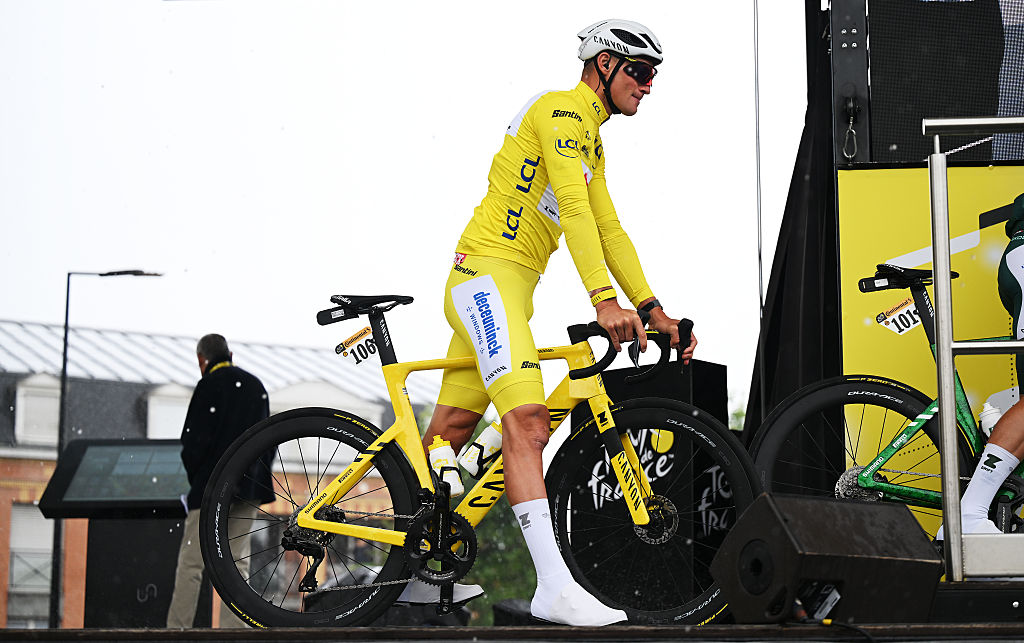 The custom paint colour everyone wants at the Tour De France - MDVP's yellow Canyon Aeroad CFR
The custom paint colour everyone wants at the Tour De France - MDVP's yellow Canyon Aeroad CFRBikes change colour overnight at the Tour De France. Matthieu van der Poel didn't let the fumes go to his head, as he headed out on a colour changed bike for stage 3 today.
-
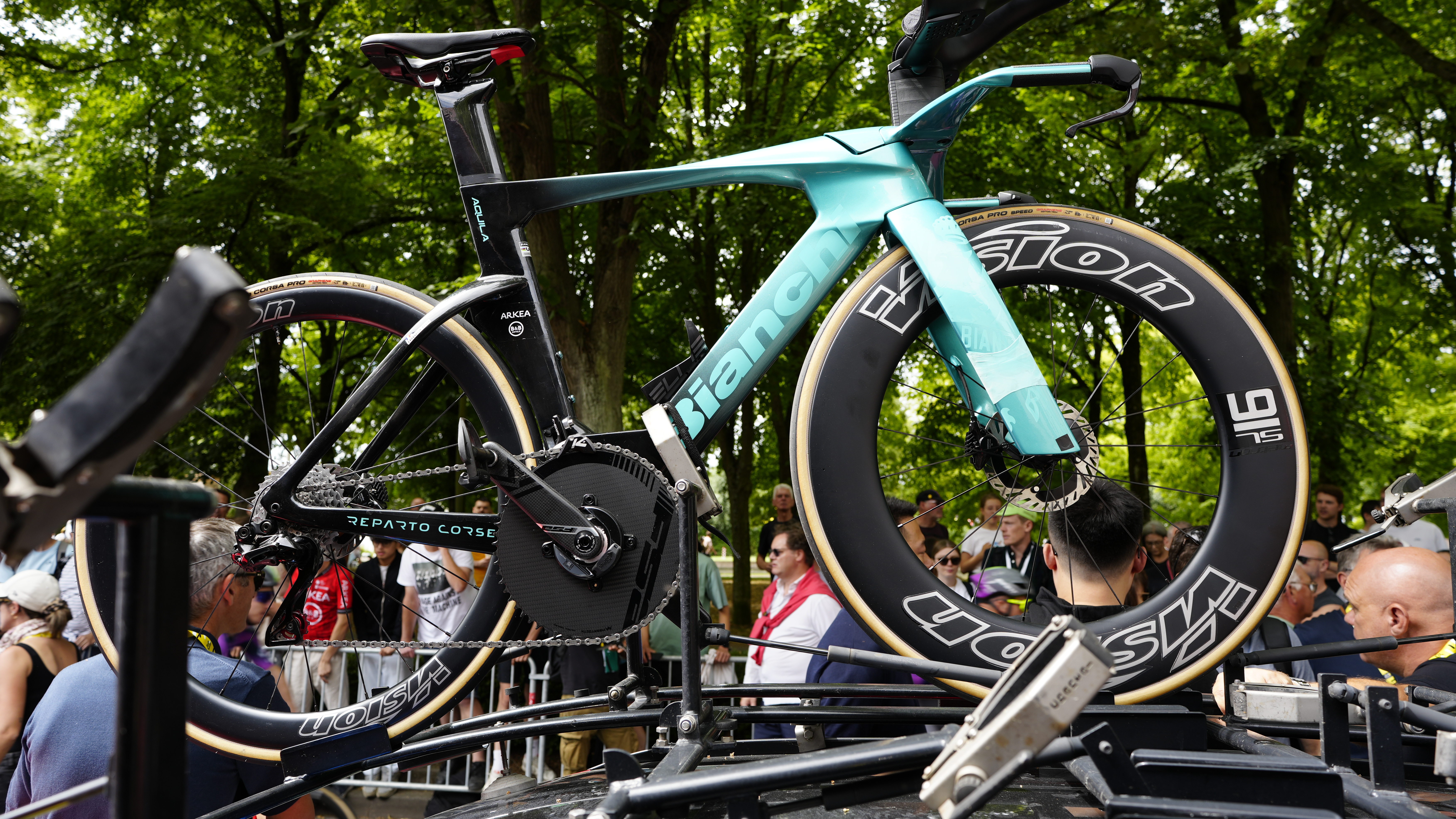 Smaller bars, 'normal' cranks and wider tyres: here are 9 trends we spotted at the Tour de France
Smaller bars, 'normal' cranks and wider tyres: here are 9 trends we spotted at the Tour de FranceThe new tech being used at the tour often shapes future products. The question is, should you be copying the pros?
